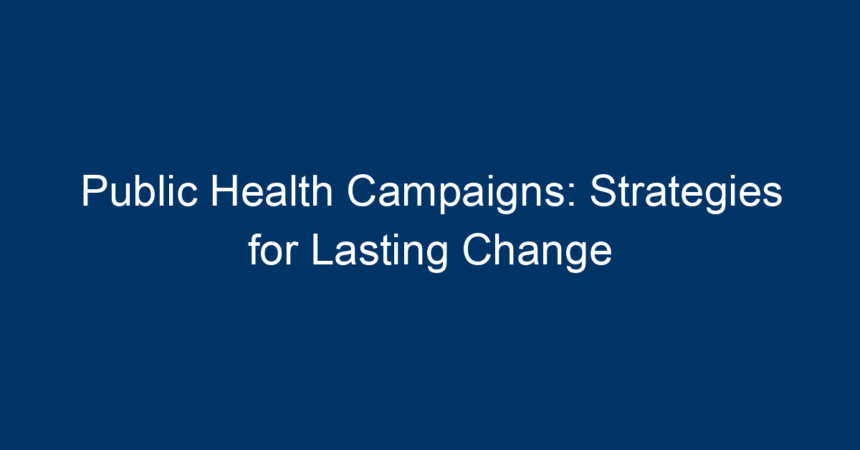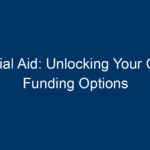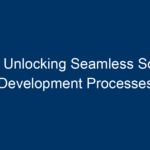Public health campaigns play a crucial role in transforming health behaviors and improving community well-being. Whether aiming to reduce smoking rates, promote vaccination, or prevent chronic diseases, these initiatives are essential in creating a healthier society. In this article, we’ll explore effective strategies for public health campaigns that can lead to lasting change.
Understanding Public Health Campaigns
What Are Public Health Campaigns?
Public health campaigns are organized efforts aimed at encouraging individuals and communities to adopt healthier behaviors or improve health outcomes. These campaigns use various communication strategies to educate the public, promote awareness, and ultimately drive behavior change.
The Importance of Public Health Campaigns
Effective public health campaigns can lead to significant improvements in health. For instance, campaigns targeting smoking cessation have shown a decrease in smoking rates, while vaccination initiatives have dramatically reduced the incidence of preventable diseases. These campaigns not only save lives but also alleviate healthcare costs associated with chronic health conditions.
Key Strategies for Successful Public Health Campaigns
1. Establish Clear Objectives
Before launching a public health campaign, it’s essential to set clear, measurable objectives. These objectives guide the campaign’s direction and provide a framework for evaluating its success. Questions to consider include:
- What specific health behavior do you want to change?
- Who is your target audience?
- What metrics will you use to assess the campaign’s effectiveness?
2. Audience Segmentation
Understanding your target audience is critical. Not all individuals respond to health messages the same way. Segment your audience based on demographics, socioeconomic status, geographic location, and health behavior patterns. This tailored approach enhances message relevance, leading to higher engagement rates.
3. Craft Compelling Messages
The messaging in public health campaigns should resonate with the target audience. Craft messages that are:
- Clear: Use simple language that is easily understandable.
- Emotional: Connect with the audience on an emotional level to inspire change.
- Actionable: Provide specific steps that individuals can take to modify their behavior.
For example, instead of stating, “Smoking kills,” a more impactful message could be, “Protect your loved ones—quit smoking today.”
4. Utilize Multiple Channels
A multi-channel approach maximizes outreach and engagement. Consider incorporating:
- Social Media: Platforms like Facebook, Twitter, and Instagram can spread messages rapidly, especially among younger demographics.
- Traditional Media: Television and radio advertisements continue to hold sway, particularly with older populations.
- Community Engagement: Host workshops, health fairs, or local events to foster direct interactions within the community.
5. Leverage Partnerships
Forming partnerships with local organizations, healthcare providers, and businesses can enhance the reach and credibility of public health campaigns. Collaborations can also provide additional resources, allowing for comprehensive support and outreach.
6. Foster Community Involvement
Encouraging community participation can make public health campaigns more effective. Engage community leaders and influencers in the campaign, as their endorsement can drive participation. Consider forming community advisory boards to inform campaign strategies and ensure cultural competency.
7. Implement Behavioral Economics
Behavioral economics is a powerful tool in public health campaigns. By understanding the factors that influence decision-making, campaigns can design interventions that nudge individuals towards healthier choices. For example, framing healthy foods as a cheaper or more convenient choice can encourage better dietary habits.
8. Monitor and Evaluate
Continuous monitoring and evaluation are essential for determining a campaign’s effectiveness. Use pre- and post-campaign surveys, focus groups, and data analysis to assess changes in behavior and knowledge. This information can inform future campaigns and strategies.
9. Adapt and Evolve
Flexibility is crucial in the ever-changing landscape of public health. Be prepared to adapt strategies based on campaign evaluation results, emerging public health issues, or shifts in community needs. Staying informed about current health trends and challenges increases the relevance of your campaigns.
10. Sustainability and Long-Term Impact
For public health campaigns to effect lasting change, it’s important to create sustainability plans. This may involve:
- Securing ongoing funding
- Establishing policies that support health behaviors
- Training community advocates to continue the message beyond the campaign period
Case Studies: Successful Public Health Campaigns
The “Truth” Campaign
Launched in the early 2000s, the "Truth" campaign rigorously targeted teenage smoking. By employing edgy, relatable messaging through social media and advertisements, the campaign became a national sensation. Its clever use of real youth voices and humor effectively communicated the dangers of smoking, resulting in a significant decline in youth smoking rates.
The “Drink Up” Initiative
Supported by former First Lady Michelle Obama, the “Drink Up” campaign aimed to encourage healthier hydration choices among Americans. By promoting water as a refreshing and appealing option, the campaign worked across multiple channels, engaging influencers and celebrities to drive the message home. The initiative led to an increased acceptance of drinking water, especially among young people.
Conclusion: Actionable Insights for Public Health Campaigns
Public health campaigns are vital for fostering healthier communities, but they require strategic planning and execution. Here are key takeaways to ensure lasting change through your public health initiatives:
- Set Clear Objectives: Define measurable goals early on.
- Know Your Audience: Segment based on demographics and tailor messages.
- Craft Compelling Messages: Focus on clarity and emotional resonance.
- Utilize Multiple Channels: Adapt your tactics to reach diverse audiences.
- Engage Community Leaders: Collaborate and involve the community in your campaigns.
- Monitor Progress: Use data to refine ongoing efforts and adapt as needed.
Effective public health campaigns can transform societal behaviors and attitudes towards health. By implementing these strategies, organizations can significantly improve health outcomes and contribute to the overall well-being of communities.




